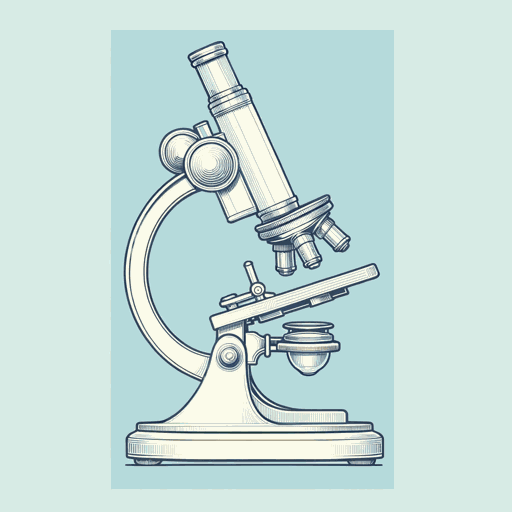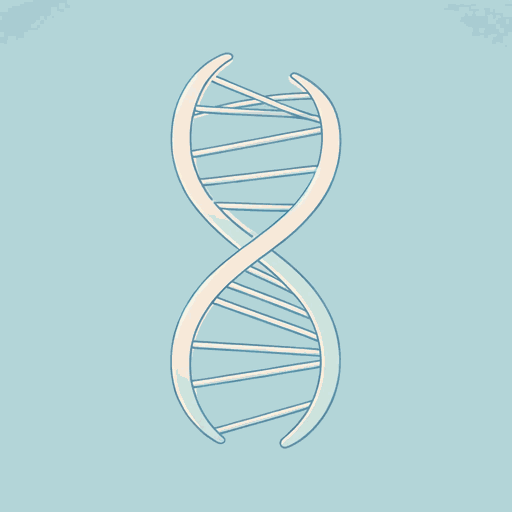71 pages • 2 hours read
Siddhartha MukherjeeThe Song of the Cell: An Exploration of Medicine and the New Human
Nonfiction | Book | Adult | Published in 2022A modern alternative to SparkNotes and CliffsNotes, SuperSummary offers high-quality Study Guides with detailed chapter summaries and analysis of major themes, characters, and more.
Themes
Breakthroughs in Biology and the Evolving Understanding of Cells
Between the 16th and 18th centuries, scientists believed that miasmas—unpleasant smells or vapors—caused disease. In particular, they thought that “miasmas carried particles of decaying matter called miasmata that somehow entered the body and forced it to decay” (22). Diseases like cholera and typhus ran rampant through densely populated areas in the poorer parts of cities. In contrast, wealthier neighborhoods, with cleaner air and water, had healthier populations. Scientists used this as evidence to support their miasma theory of disease. Mukherjee notes that “while the notion of vaporous contamination and miasmata seemed to carry a vague ring of truth—and provided perfect justification to further segregate rich and poor neighborhoods in cities—the understanding of pathology was riddled with peculiar puzzles” (23). One such puzzle of the time was why a clinic in Vienna, Austria had substantially higher maternal death rates than an adjacent clinic. Doctors and scientists couldn’t yet explain human diseases systemically.
The invention of the microscope in the early 17th century is the first major breakthrough that Mukherjee discusses. The microscope revolutionized cell biology and medicine. For the first time, scientists could see organisms (i.e., cells). They soon found cells in all living organisms. Matthias Schleiden and Theodore Schwann collated the work of these early microscopists to argue that cells were the building blocks of all living creatures, launching cell theory.
Related Titles
By Siddhartha Mukherjee



